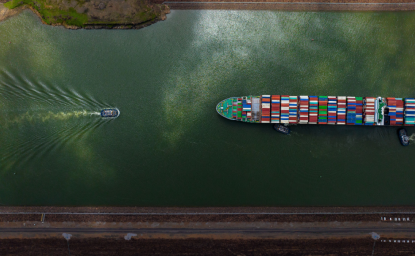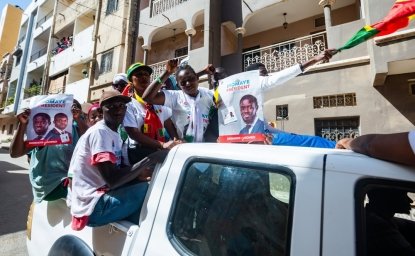Very few Americans had heard of Kobani until a couple of days ago. But the sleepy Syrian border town, a few football fields away from Turkey, has become a microcosm of the U.S. challenge in fighting Islamic State—and underscores why Syria is likely to be a far tougher campaign than Iraq.
Whatever happens this week, Kobani has strategic value now and down the road. It is the access route into Turkey, an important NATO ally of the United States and a country that literally spans Asia and Europe. Kobani–also known as Ayn al-Arab, or Spring of the Arabs–has long been the route of trains and trucks between Turkey and Syria.
So whoever controls Kobani also controls a gateway on an important border. On Monday, Islamic State fighters penetrated enough of the city to plant their chilling black flag atop a building within a mile of the city center–and visible from Turkey.
To halt the militants’ three-week-old offensive, U.S. warplanes began dropping bombs around Kobani on Monday. The strikes, which continued on Tuesday, have taken out five armed vehicles, a tank and something that’s been only vaguely described as an “IS unit,” according to U.S. Central Command reports.
But Turkish President Recep Tayyip Erdogan went to the border Tuesday to warn that U.S.-led airstrikes are not enough to stop Islamic State extremists–in Kobani or elsewhere. He is probably right–for several reasons.
First, Islamic State (also known as ISIS) has the advantage in arms and numbers against a motley collection of Kurdish fighters with limited skills and vintage equipment. The Kurdish militia, notably including female fighters, has fought nobly over the past month. But ISIS has bigger and better stuff, including American war materiel seized from the Iraqi army and brought back into Syria. The tank that U.S. strikes destroyed this week may well have been of American origin.
The United States has said it will work with local forces. But there’s a profound difference–actually, a huge military imbalance–between the capabilities of sophisticated warplanes and a modest and outnumbered militia on the ground (some of whose members still wear the baggy trousers of traditional Kurds).
Second, thundering air power can be daunting, but sometimes the effect is more psychological than physical. Finding conspicuous, clear-cut targets isn’t easy, especially once fighters are no longer on open roads, or manning exposed checkpoints, or commanding artillery or tanks. Look at Israel’s war against Hamas in Gaza. Hamas survived, as it has in past showdowns, even though Israel has vastly more capable war planes as well as air defense systems to block Hamas rockets. Hamas could be elusive. So is ISIS.
The daily communiques from U.S. Central Command are telling. Big costly bombs fired by big costly warplanes have been knocking a fair number of “armed vehicles,” which may be little more than a pick-up truck with a weapon mounted on the back. But they have not yet set back the ISIS campaign in Syria.
In Iraq, airpower has made a difference since the United States intervened on Aug. 8, though the gains have been strikingly small so far.
U.S. bombs initially changed the military dynamics in Iraq, buying at least a bit of time. American intervention helped save thousands of Yazidis who had been stranded on Mount Sinjar, surrounded by ISIS extremists. It helped prevent Islamic State from moving into Kurdistan, in northern Iraq. And it pushed ISIS militants away from the strategic Mosul Dam.
In Syria, however, the goals, targets, and impact are likely to be far harder.
The opinions expressed here are solely those of the author.
This article was originally published on The Wall Street Journal's Washington Wire.





